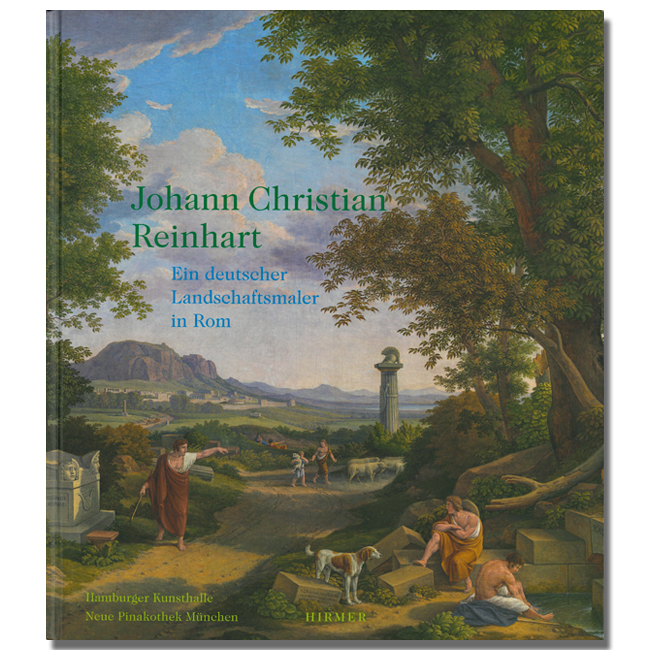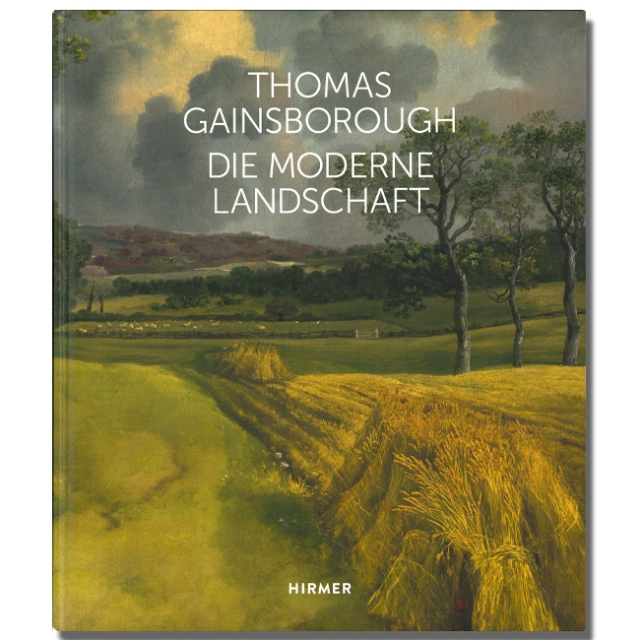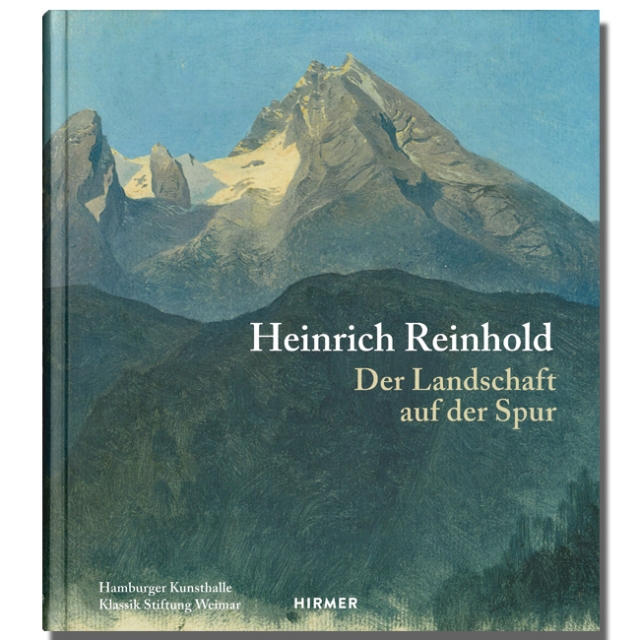
| Availability | Low stock |
| Article number | 16216BA |
| Price | 14,90 € |
JOHANN CHRISTIAN REINHART. A german landscapepainter in Rome | Oct 26th 2012 - Jan 27th 2013 | special exhibition
catalogue for special exhibition | 400 pages | 360 illustrations | hardcover | Hirmer Verlag | german edition
Johann Christian Reinhart (1761– 1847) was a leading figure in European art around 1800. He trained in Leipzig and Dresden, studying under Adam Friedrich Oeser, among others. Reinhart struck up a friendship with Friedrich Schiller in 1785 and worked at the court of Duke Georg I of Saxe-Meiningen for several years before moving to Rome in 1789, where he lived for the rest of his life. Over the years he became a central figure in the community of German artists in Rome. His work gained widespread recognition, as reflected by his membership of the Academies in Berlin (1810), Rome (1813) and Munich (1830), and above all by his appointment as court painter to King Ludwig I of Bavaria in 1839. Reinhart devoted himself to landscape painting throughout his career; he made major achievements in every category of this genre and became one of its foremost exponents.
The Hamburger Kunsthalle is honouring Reinhart's outstanding contribution to the history of German art with the first major museum retrospective dedicated to his work. Encompassing not only his landscape drawings and paintings but also his highly accomplished etchings and the scathing caricatures he regarded as a corrective to his idealised classical compositions, this new survey offers profound insight into Reinhart's entire oeuvre.
In his youth Reinhart painted idyllic images in the style of the Swiss artist Salomon Gessner; looking back upon a distant past, these compositions evoke the idealised pastoral world of ancient Arcadia. Not long after this, Reinhart began to create emotionally charged images that reflect the spirit of the Sturm und Drang movement. These austere, often storm-lashed landscapes are widely interpreted as a response to the upheavals unleashed by the French Revolution. In the same period Reinhart also painted "Prospecte" – faithful renderings of observed nature. This form of landscape depiction, which he had already favoured during his time in Germany, continued to dominate his artistic output during his first ten years in Rome. Shortly before 1800, Reinhart and his friend Joseph Anton Koch pioneered a new type of landscape painting that came to be known as the "heroic" landscape, inspired by 17th-century landscapists such as Nicolas Poussin and Gaspard Dughet. As he grew older, Reinhart worked in a more classical style and his approach moved closer to that of Joseph Anton Koch and the Danish sculptor Bertel Thorvaldsen. Mythological themes and ancient architectural structures were increasingly incorporated into his compositions. From 1829 to 1835 he created one of the most outstanding panoramas of Rome in art history: commissioned by King Ludwig I, these four large-scale paintings in tempera present views from the Villa Malta.
It is particularly interesting to examine the differences between Reinhart's distinctively classical style of landscape painting and that of Jakob Philipp Hackert (1737–1807), whose work was presented at the Hamburger Kunsthalle in 2008/2009 in the exhibition European Landscape Painters in the Age of Goethe.
Johann Christian Reinhart. A German Landscape Painter in Rome includes works from the collection of the Hamburger Kunsthalle and loans from numerous German and international museums. In addition to more than 30 paintings on show, particular emphasis is placed on around 90 drawings and 30 water colour paintings, many of which have been rediscovered in recent years. Executed in a variety of techniques, the majority of these luminous, colourful works are studies from nature, such as the Rheinaquarelle from 1787. Around 75 etchings round off this representative selection of artworks from Reinhart's extensive oeuvre.



